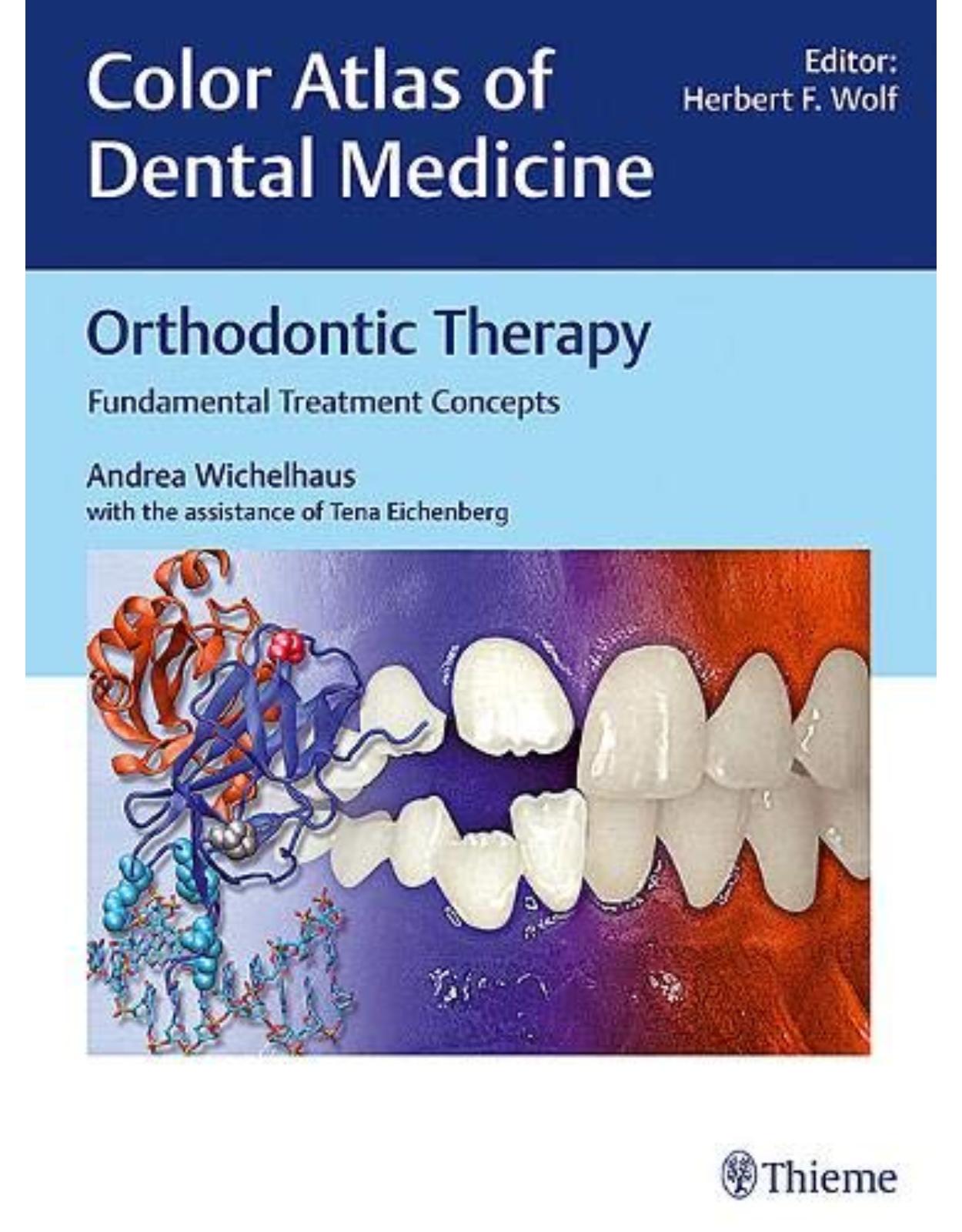
Orthodontic Therapy: Fundamental Treatment Concepts (Color Atlas of Dental Medicine)
Livrare gratis la comenzi peste 500 RON. Pentru celelalte comenzi livrarea este 20 RON.
Disponibilitate: La comanda in aproximativ 4 saptamani
Autor: Andrea Wichelhaus
Editura: Thieme Medical Publisher
Limba: Engleza
Nr. pagini: 580
Coperta: Hardcover
Dimensiuni: 22.86 x 31.24 cm
An aparitie: 7 Sept. 2017
Description:
Where science and practice meet: the entire spectrum of orthodontics, in stunning color...Created in the tradition and style of Thieme's renowned Dental Atlas series, and the product of many years of research and practical experience, Orthodontic Therapy covers the basics of the diagnosis, prevention, and correction of malpositioned teeth and jaws. Clear and concise texts, and thousands of accurate and rich illustrations, most in full color and presented in Thieme's award-winning two-page spreads, make for efficient and pleasant assimilation of this highly detailed and comprehensive material.
Key Features:
Almost 4,000 images with extensive legends and concise running texts
Current and up-to-date, building upon the basic principles of biology, mechanics, and biomechanics, to reflect the state of the research today, using the most advanced materials and techniques
Information on treatment concepts including functional orthodontics and orthodontic treatment, integration of retained teeth, anchorage options, finishing and retention, adult therapy, and aesthetic alternatives
Step-by-step coverage of all the therapy methods with explanations and illustrations
A wealth of expert tips and tricks
Experienced orthodontists and trainees will greatly value this comprehensive work, both as review and as an authoritative introductory text.
Table of Contents:
1 Fundamental Problems in Orthodontics
1.1 Biomechanical Factors
1.1.1 Tipping Tooth Movement
1.1.2 Bodily Tooth Movement
1.1.3 Centers of Resistance for Groups of Teeth
1.1.4 Segmented Archwire Technique
1.1.5 Sliding Mechanics
1.2 Extrusion
1.3 Intrusion
1.4 Rotation
1.5 Torque
1.6 Relationship between Force and Resorption
1.6.1 Force
1.6.2 Resorption
1.6.3 Root Resorption
1.7 Orthodontic Tooth Movement
1.7.1 Tissues Supporting the Teeth
1.7.2 Phases of Tooth Movement
1.7.3 Phase I of Orthodontic Tooth Movement
1.7.4 Phase II of Orthodontic Tooth Movement
1.7.5 Phase III of Orthodontic Tooth Movement
1.8 Hereditary Anomalies
1.9 Genetics
1.9.1 Genotype
1.9.2 Phenotype
1.9.3 Phenotypic Plasticity
1.9.4 Genetically Determined Craniofacial Abnormalities
1.9.5 Epigenetic Factors
1.9.6 Genetic Abnormalities
1.9.7 Cleidocranial Dysostosis
1.9.8 Primary Failure of Tooth Eruption
1.9.9 Odontogenic Disturbances
1.10 Mechanobiology
1.10.1 Root Resorptions
1.11 Orthodontic Side Effects
1.11.1 Enamel Demineralization
1.11.2 Enamel Deposits
1.11.3 Treatment of White Spot Lesions
1.11.4 Attachment Loss
1.11.5 Enamel Abrasions/Enamel Fractures
1.11.6 Orthodontic Force and Root Resorption
2 Treatment of Crossbite
2.1 Lateral Crossbite
2.2 Treatment of Lateral Crossbite in Primary and Early Mixed Dentition
2.2.1 Transverse Expansion Plate
2.2.2 Clinical Application of Transverse Expansion Plate/Steel Screw
2.2.3 Memory Expander
2.2.4 Activation of the Memory Screw
2.2.5 Wearing Time
2.2.6 Clinical Handling of Expansion Plates
2.2.7 Rapid Palatal Expansion
2.2.8 Memory Palatal Split Screw
2.3 Treatment of Lateral Crossbite in Late Mixed Dentition and Adulthood
2.3.1 Transpalatal Arch (Goshgarian)
2.3.2 Quad Helix
2.3.3 Crisscross Elastics
2.3.4 Rapid Palatal Expansion in Late Mixed Dentition and Adulthood
2.3.5 Surgically Supported Rapid Palatal Expansion
2.3.6 Distraction and Surgically Supported Rapid Palatal Expansion
2.4 Anterior Crossbite
2.5 Treatment of Anterior Crossbite in Primary and Mixed Dentition
2.5.1 Anterior Crossbite and Angle Class III without Skeletal Involvement
2.5.2 Anterior Crossbite and Angle Class III with Skeletal Involvement
2.6 Treatment of Anterior Crossbite in Late Mixed Dentition and in Adults
2.6.1 Protrusion/Retrusion Mechanism with the Compound Archwire
2.7 Treatment of Laterognathia in Adults
3 Treatment of Deep Bite
3.1 Orthodontic Problems of Deep Bite
3.2 Definition of Deep Bite
3.3 Therapy of Deep Bite
3.3.1 Pseudo Deep Bite
3.3.2 True Deep Bite
3.4 Therapy of Deep Bite in Mixed Dentition
3.4.1 Angle Class I
3.4.2 Angle Class II/1
3.4.3 Angle Class II/2
3.4.4 Angle Class III
3.5 Activator
3.5.1 Mode of Action
3.5.2 Indication
3.5.3 Construction Bite for Deep Bite and Class I or Class II/2
3.5.4 Clinical Handling of Construction Bite
3.5.5 Activator Wearing Time
3.5.6 Timing of Therapy
3.5.7 Grinding Measures with the Activator
3.6 Activator–Headgear Combination
3.7 Occlusal Plate and Headgear
3.8 Therapy for Deep Bite in the Permanent Dentition
3.8.1 Angle Class I
3.8.2 Angle Class II/1
3.8.3 Angle Class II/2
3.8.4 Angle Class III
3.9 Specific Biomechanics
3.10 Orthodontic Mechanics for Bite Raising
3.10.1 Forces
3.10.2 Intrusion Distance
3.10.3 Material
3.11 Sweep
3.12 Sweep and Low-Pull Headgear
3.13 NiTi Tip-Back Mechanics
3.14 NiTi Overlay
3.14.1 Material
3.14.2 Activation
3.15 Treatment of Deep Bite in Adults
3.15.1 Segmented Intrusion Mechanics
3.15.2 Biomechanics
3.15.3 Clinical Application
3.16 Combination Treatment: Orthognathic Surgery and Deep Bite
3.16.1 Deep Bite and Angle Class I
3.16.2 Deep Bite and Angle Class II/1
3.16.3 Deep Bite and Angle Class II/2
3.16.4 Deep Bite and Angle Class III
3.16.5 Diagnostic Planning
3.16.6 Orthodontic Pretreatment/Decompensation of Deep Bite
3.16.7 Sagittal Decompensation
3.16.8 Vertical Decompensation
3.16.9 Anchorage
3.16.10 Leveling Phase
3.16.11 Guidance Phase
3.16.12 Orthodontic Postoperative Care of Deep Bite
3.16.13 Retention
3.17 Bite Blocks
3.18 Anterior Bite Block
3.19 Posterior Bite Plane
3.20 Stability Parameters for Deep Bite
3.20.1 Growth
3.20.2 Extrusion of the Molars
3.20.3 Leveling of the Curve of Spee
3.20.4 Intrusion of the Anterior Teeth
3.20.5 Extraction
3.20.6 Axial Position
4 Treatment of Open Bite
4.1 Orthodontic Problems of Open Bite
4.1.1 Dental Open Bite
4.1.2 Skeletal Open Bite
4.1.3 Habits
4.1.4 Mandibular Joint Trauma
4.1.5 Iatrogenic Open Bite
4.1.6 Muscle Function
4.2 Treatment of Open Bite
4.2.1 Angle Class I
4.2.2 Angle Class II
4.2.3 Angle Class III
4.3 Treatment of Open Bite in the Primary Dentition
4.3.1 Oral Screen Appliance
4.3.2 Rapid Palatal Expansion
4.4 Treatment of Open Bite in the Mixed Dentition
4.4.1 Angle Class I
4.4.2 Angle Class II
4.4.3 Angle Class III
4.5 Treatment of Open Bite and Angle Class I
4.5.1 Spring Activator
4.5.2 Transpalatal Arch
4.6 Treatment of Open Bite and Angle Class II
4.7 Treatment of Open Bite and Angle Class III
4.8 Orthodontic Treatment of Open Bite in the Permanent Dentition
4.8.1 Angle Class I
4.8.2 Angle Class II
4.8.3 Angle Class III
4.9 Biomechanics of Orthodontic Open Bite Treatment
4.10 Extraction Treatment
4.11 Molar Intrusion
4.12 Treatment of Open Bite in Adults
4.12.1 Surgically Supported Palatal Expansion and Orthodontic Therapy
4.13 Combined Treatment—Orthognathic Surgery and Open Bite
4.13.1 Open Bite and Angle Class I
4.13.2 Open Bite and Angle Class II
4.13.3 Open Bite and Angle Class III
4.13.4 Diagnostic Planning
4.13.5 Orthodontic Pretreatment/Decompensation
4.13.6 Anchorage
4.13.7 Leveling Phase/Guidance Phase
4.13.8 Orthodontic Postoperative Care
4.13.9 Retention
4.13.10 Stability Parameters of Open Bite
4.13.11 Functional Orthodontics
4.13.12 Active Bite Blocks
4.13.13 Musculature
4.13.14 Chin Cap
4.13.15 Microscrews/Mini-Tabs
4.13.16 Myofunctional Therapy
4.13.17 Orthognathic Surgery
5 Treatment of Class II Malocclusion
5.1 Orthodontic Problems of Class II
5.1.1 Skeletal Class II
5.1.2 Dental Class II
5.2 Cause and Differential Diagnosis of Class II
5.2.1 Dental Class II
5.2.2 Skeletal Class II
5.2.3 Distally Forced Bite
5.2.4 Angle Class II/1
5.2.5 Angle Class II/2
5.3 Treatment of Class II Malocclusion
5.3.1 Primary Dentition and Early Mixed Dentition
5.3.2 Late Mixed Dentition
5.3.3 Permanent Dentition
5.3.4 Adults
5.4 Treatment of Dental Class II in the Late Mixed Dentition
5.4.1 First Phase of Treatment of Dental Class II Anomaly
5.4.2 Second Phase of Treatment of a Class II Anomaly
5.5 Headgear
5.5.1 Indication for Symmetric Headgear
5.5.2 Contraindication for Symmetric Headgear
5.6 Special Biomechanics of Headgear
5.6.1 Tipping with Coronal or Apical Center of Rotation
5.6.2 Tipping with Center of Rotation in the Region of the Center of Resistance
5.6.3 Clinical Application
5.6.4 Quantity of Force
5.6.5 Wearing Time
5.6.6 Aim of the First Phase of Treatment in Dental Class II Therapy
5.6.7 Treatment Timing
5.7 Asymmetric Headgear
5.7.1 Indication for Asymmetric Headgear
5.7.2 Contraindication for Asymmetric Headgear
5.8 Special Biomechanics—Adjustment of Asymmetric Headgear
5.8.1 Biomechanics of Inner Arm Geometry
5.8.2 Biomechanics of Outer Arm Geometry
5.8.3 Clinical Application
5.8.4 Treatment Timing
5.9 Therapy of Skeletal Class II in the Late Mixed Dentition
5.9.1 First-Phase Treatment for a Skeletal Class II Anomaly
5.9.2 Level of Severity of the Skeletal Class II Anomaly
5.9.3 Selection of the Appliance
5.9.4 Treatment Timing
5.9.5 Second Phase of Treatment for a Class II Anomaly
5.9.6 Functional Orthodontics
5.10 Sander II Appliance
5.10.1 Design of the Sander II Appliance
5.10.2 Advantages of the Sander II Appliance
5.10.3 Biomechanics of the Sander II Appliance
5.10.4 Construction Bite for the Sander II Appliance
5.10.5 Mode of Action of the Sander II Appliance
5.10.6 Additional Features of the Sander II Appliance
5.10.7 Combination Therapy with Functional Orthodontics and Headgear
5.10.8 Sander II Appliance and Low-Pull Headgear
5.10.9 Sander II Appliance and High-Pull Headgear
5.11 Treatment of Class II/2 in the Late Mixed Dentition
5.12 Treatment of Dental and Skeletal Class II in the Permanent Dentition
5.12.1 Fixed Intermaxillary Appliances
5.12.2 Flexible, Fixed Intermaxillary Appliances
5.12.3 Hybrid Intermaxillary Appliances
5.12.4 Herbst Appliance
5.12.5 Sabbagh Universal Spring
5.12.6 Elasto-Harmonizer
5.12.7 Twin Block
5.12.8 Herbst Appliance
5.12.9 SUS Appliance and Elasto-Harmonizer
5.13 Treatment of Class II in Adults
5.13.1 Compensation of Skeletal Class II
5.13.2 Asymmetric Headgear and Transpalatal Arch
5.13.3 Asymmetric Headgear and NiTi Tip-Back Mechanics
5.13.4 Carrière Distalizer
5.13.5 Microscrews
5.14 Compensatory Treatment of Skeletal Class II
5.14.1 Extraction Therapy
5.14.2 Compensation by Means of Distalization
5.15 Combination Treatment for Orthognathic Surgery of Class II
5.15.1 Diagnostic Planning of Orthodontic Surgery in Class II
5.15.2 Model Surgery with Model Repositioning Instrument
5.15.3 Three-Dimensional Planning of Orthognathic Surgery
5.15.4 Functional Orthodontic Pretreatment with Splints and Physiotherapy
5.15.5 Orthodontic Pretreatment/Decompensation of Class II
5.15.6 Decompensation of Class II/1
5.15.7 Leveling
5.15.8 Anchorage
5.15.9 Guidance Phase
5.15.10 Contraction Phase
5.15.11 Measures before Surgery for Class II
5.15.12 Psychological Aspects
5.15.13 Orthodontic Postoperative Care
5.16 Stability Parameters in Class II
5.16.1 Growth
5.16.2 Functional Orthodontics
5.16.3 Headgear
5.16.4 Herbst Appliance
5.16.5 Orthognathic Surgery
6 Treatment of Class III Malocclusion
6.1 Orthodontic Problems of Class III
6.2 Cause and Differential Diagnosis of Class III
6.2.1 Anterior Crossbite
6.2.2 Progenic Forced Bite
6.2.3 Maxillary Micrognathia
6.2.4 Progenia
6.2.5 Combination of Different Morphological Class III Variants
6.3 Treatment of Class III Malocclusion
6.3.1 Primary Dentition/Early Mixed Dentition
6.3.2 Late Mixed Dentition
6.3.3 Children with Permanent Dentition
6.3.4 Adults
6.4 Early Treatment of Class III
6.4.1 Head–Chin Cap and Maxillary Plate
6.4.2 Delaire Mask and Rapid Palatal Expansion
6.5 Functional Orthodontic Therapy in the Primary and Early Mixed Dentition
6.5.1 Bionator
6.5.2 Sander III
6.6 Treatment of Class III in the Late Mixed Dentition
6.6.1 Extraction Therapy
6.6.2 Alignment of Displaced Teeth
6.6.3 Rapid Palatal Expansion for Pretreatment Prior to Orthognathic Surgery
6.6.4 Splint Therapy
6.7 Treatment of Class III in the Permanent Dentition
6.7.1 Orthodontic Materials/Brackets
6.7.2 Archwire Sequence
6.7.3 Mechanics
6.7.4 Treatment of Dental Class III
6.8 Adult Treatment of Class III
6.8.1 Treatment of Dental Class III
6.8.2 Compensatory Treatment of Skeletal Class III
6.8.3 Combined Treatment with Orthognathic Surgery of Class III
6.8.4 Orthodontic Pretreatment/Decompensation of Class III
6.9 Stability Parameters of Class III
7 Extraction Therapy
7.1 Orthodontic Problems of Extraction Therapy
7.1.1 Sagittal Crowding
7.1.2 Transverse Crowding
7.1.3 Primary Crowding
7.1.4 Tertiary Crowding
7.1.5 Extraction Criteria
7.1.6 Visual Treatment Objective
7.1.7 Residual Gaps
7.1.8 Resorptions
7.1.9 Segmented Archwire Technique
7.1.10 Modified Sliding Mechanics
7.2 Anchorage
7.2.1 Anchorage in Angle Class I
7.2.2 Anchorage in Angle Class II
7.2.3 Anchorage in Angle Class III
7.3 Bracket Systems
7.4 Occlusion
7.5 Extraction Therapy in the Early Mixed Dentition
7.5.1 Systematic Extraction Therapy
7.6 Extraction Therapy in the Permanent Dentition
7.6.1 Extraction of the First Premolars
7.6.2 Extraction of the Second Premolars
7.6.3 Molar Extraction
7.6.4 Anterior Tooth Extraction
7.6.5 Symmetrical Extraction
7.6.6 Asymmetrical Extraction
7.7 Extraction Therapy in Class I Anomalies
7.7.1 Sliding Mechanics
7.7.2 Modified Sliding Mechanics
7.7.3 Segmented Archwire Technique
7.7.4 Biomechanics of Canine Retraction
7.7.5 Activation of Segmented Archwire
7.8 Extraction Therapy in Class II Anomalies
7.9 Biomechanics of Extraction Therapy in Class II Anomalies
7.9.1 Modified Sliding Mechanics
7.9.2 Modified Sliding Mechanics and Class II Elastic
7.9.3 Segmented Archwire Technique
7.9.4 Modified Sliding Mechanics with Microscrew
7.9.5 Modified Sliding Mechanics with Class II Elastics
7.9.6 Combination Treatment for Extraction Therapy of Class II
7.10 Extraction Therapy in Class III Anomalies
7.11 Stability Parameters of Extraction Therapy
References
List of Illustrations
Index
| An aparitie | 7 Sept. 2017 |
| Autor | Andrea Wichelhaus |
| Dimensiuni | 22.86 x 31.24 cm |
| Editura | Thieme Medical Publisher |
| Format | Hardcover |
| ISBN | 9783132008519 |
| Limba | Engleza |
| Nr pag | 580 |

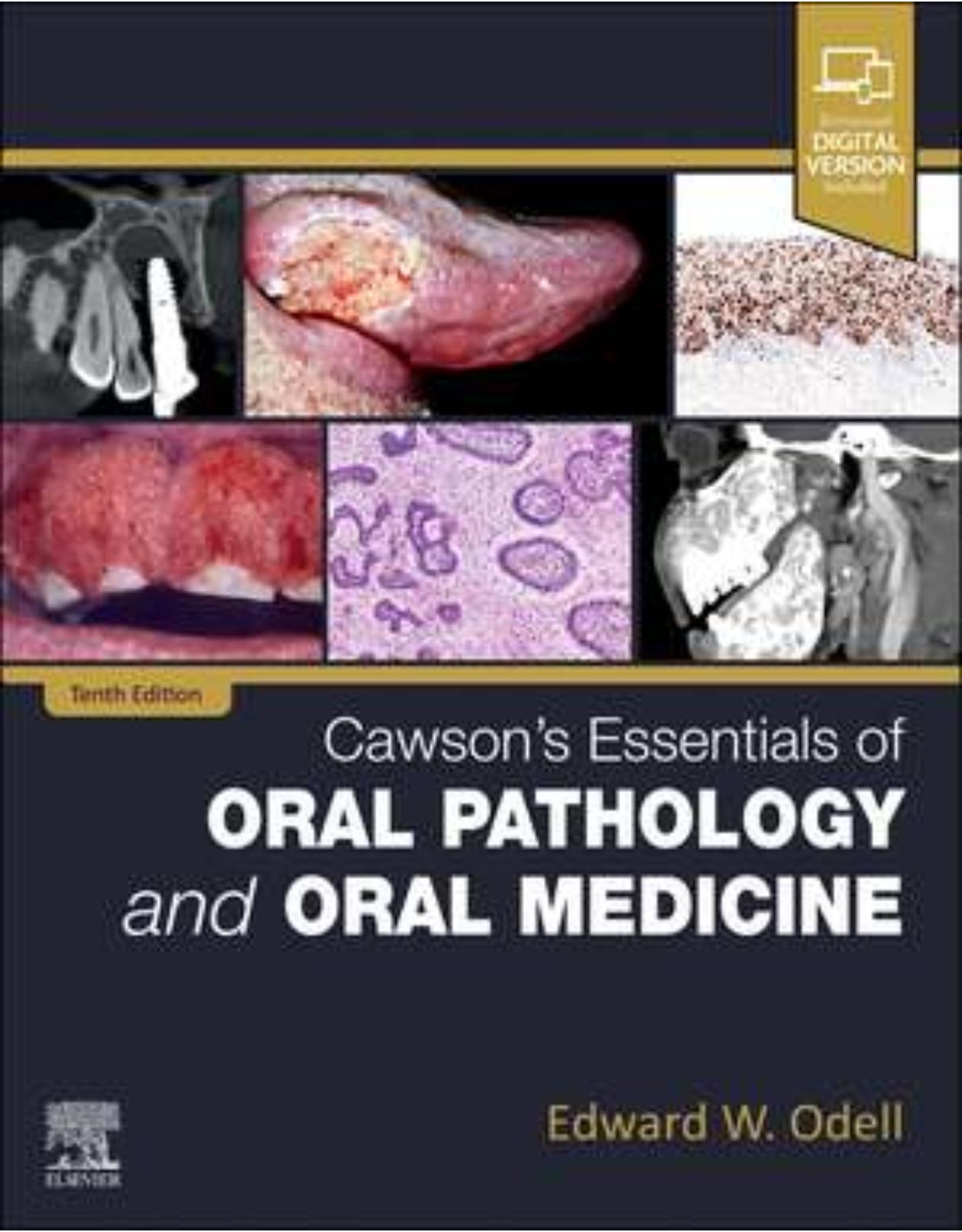
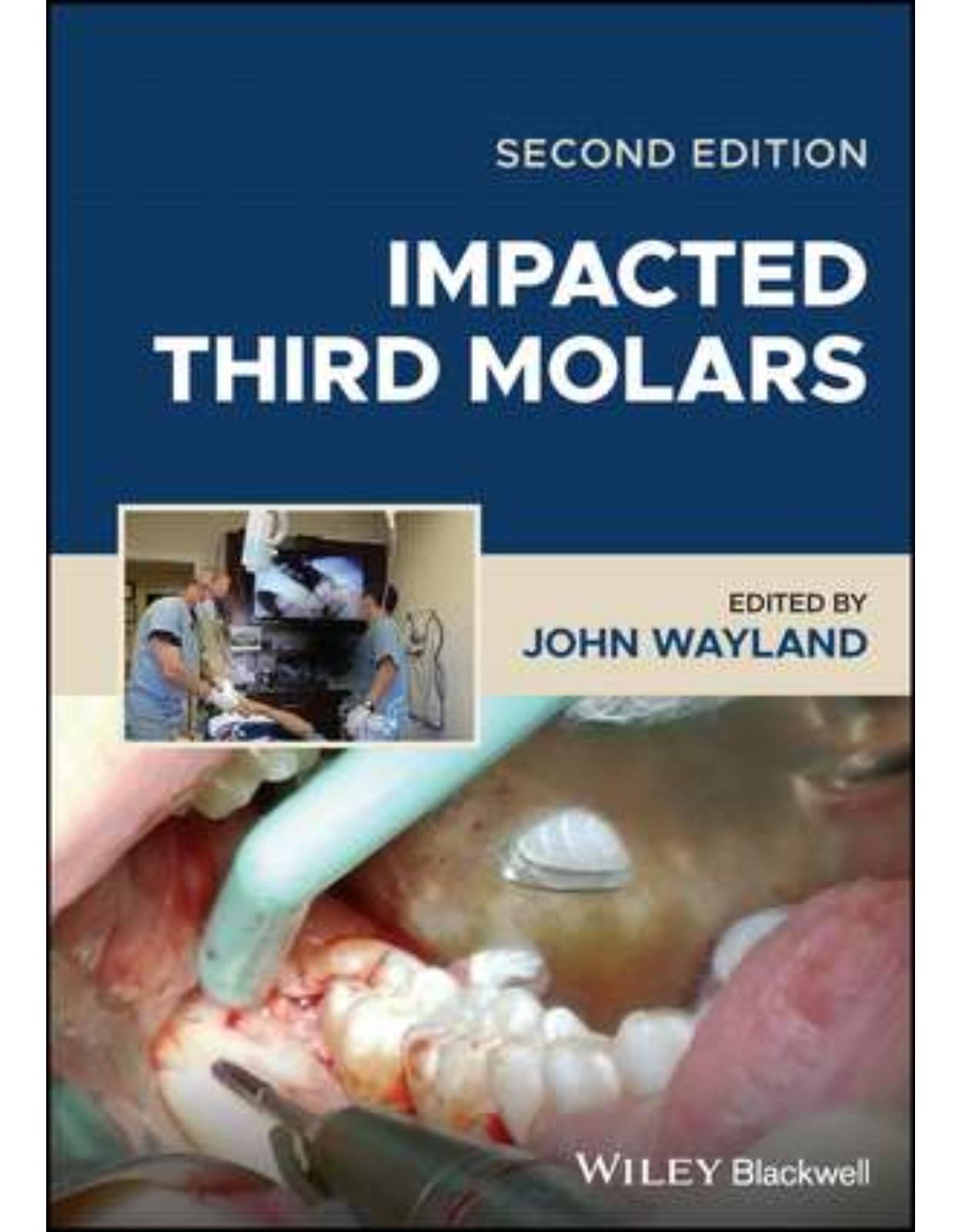
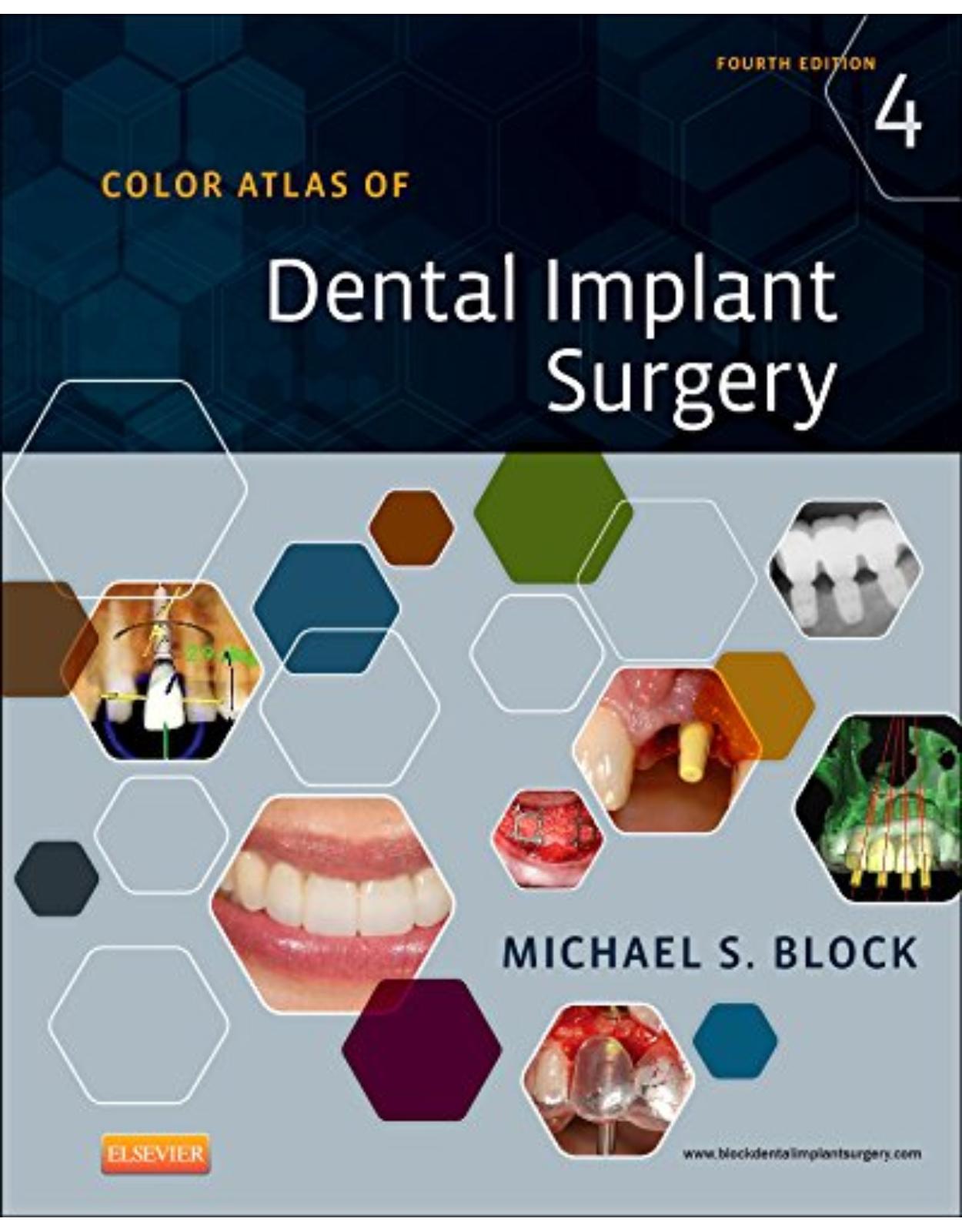
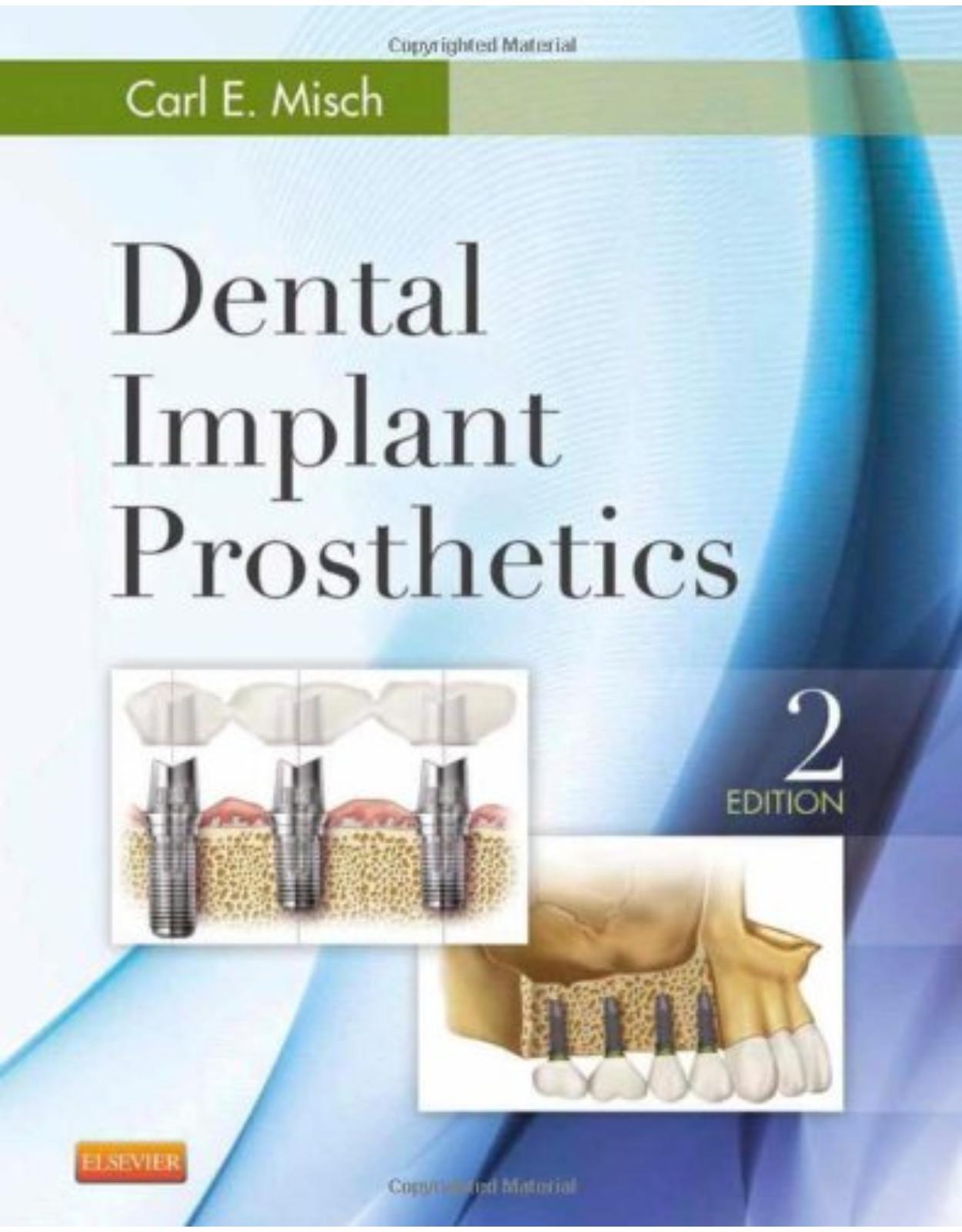
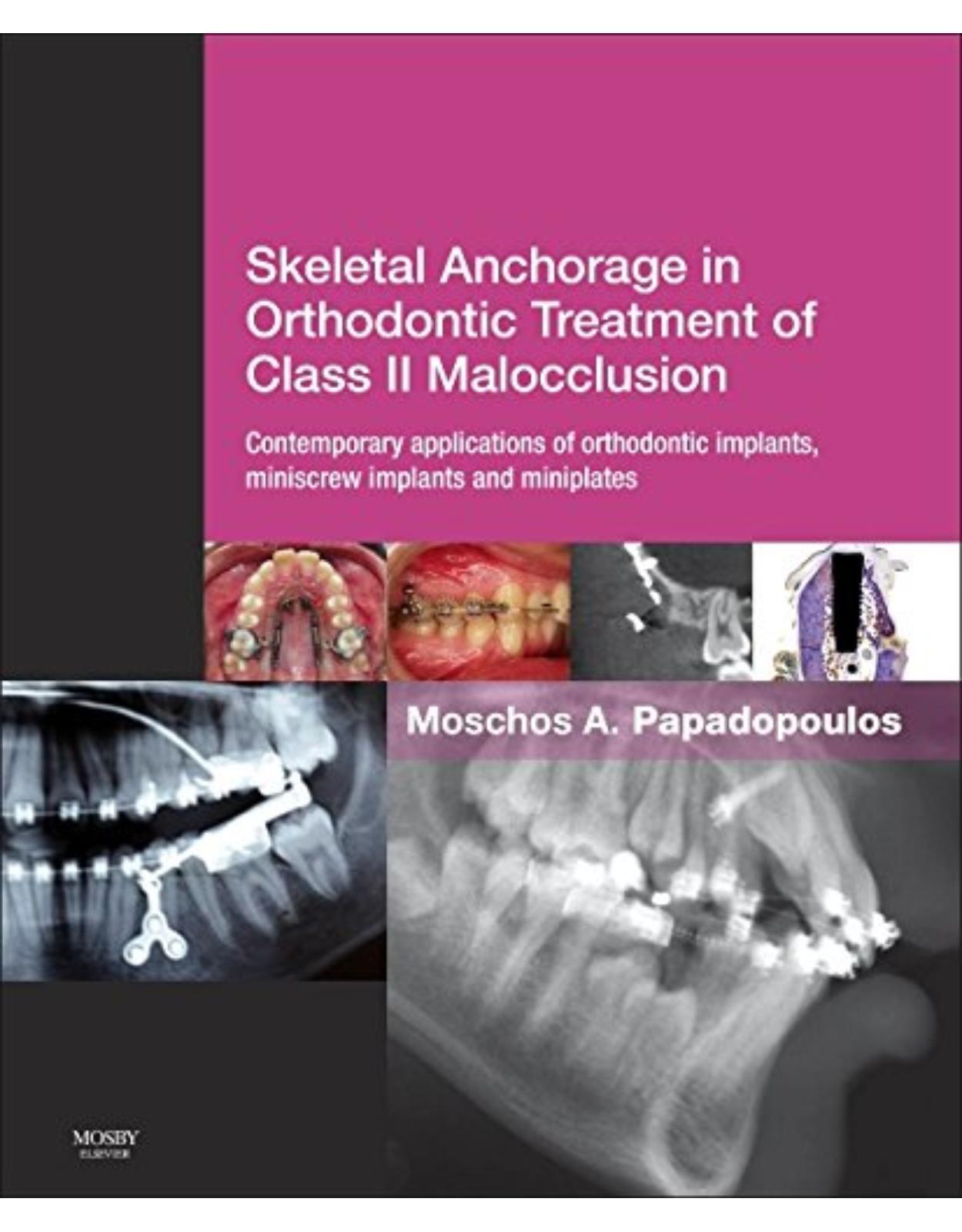
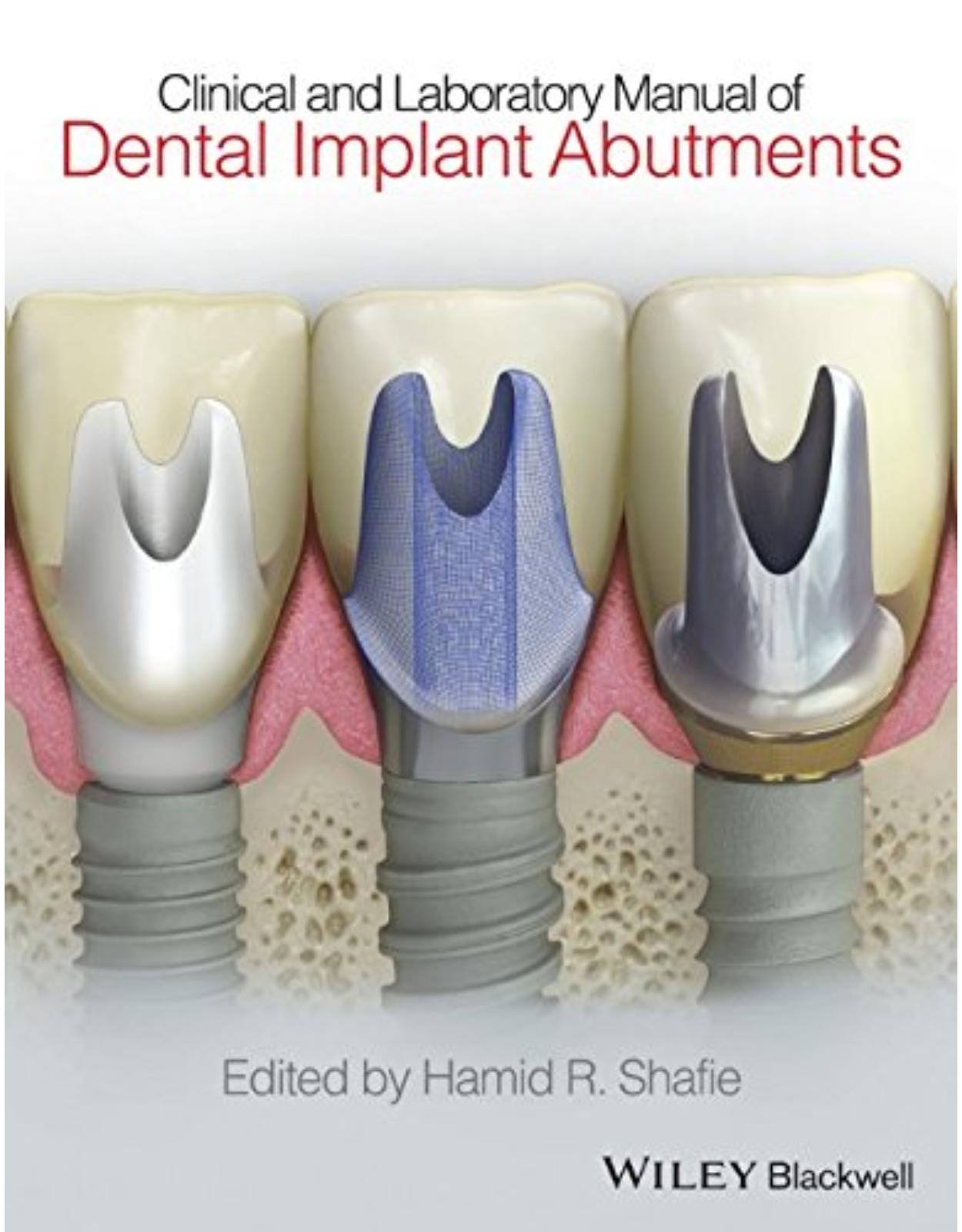
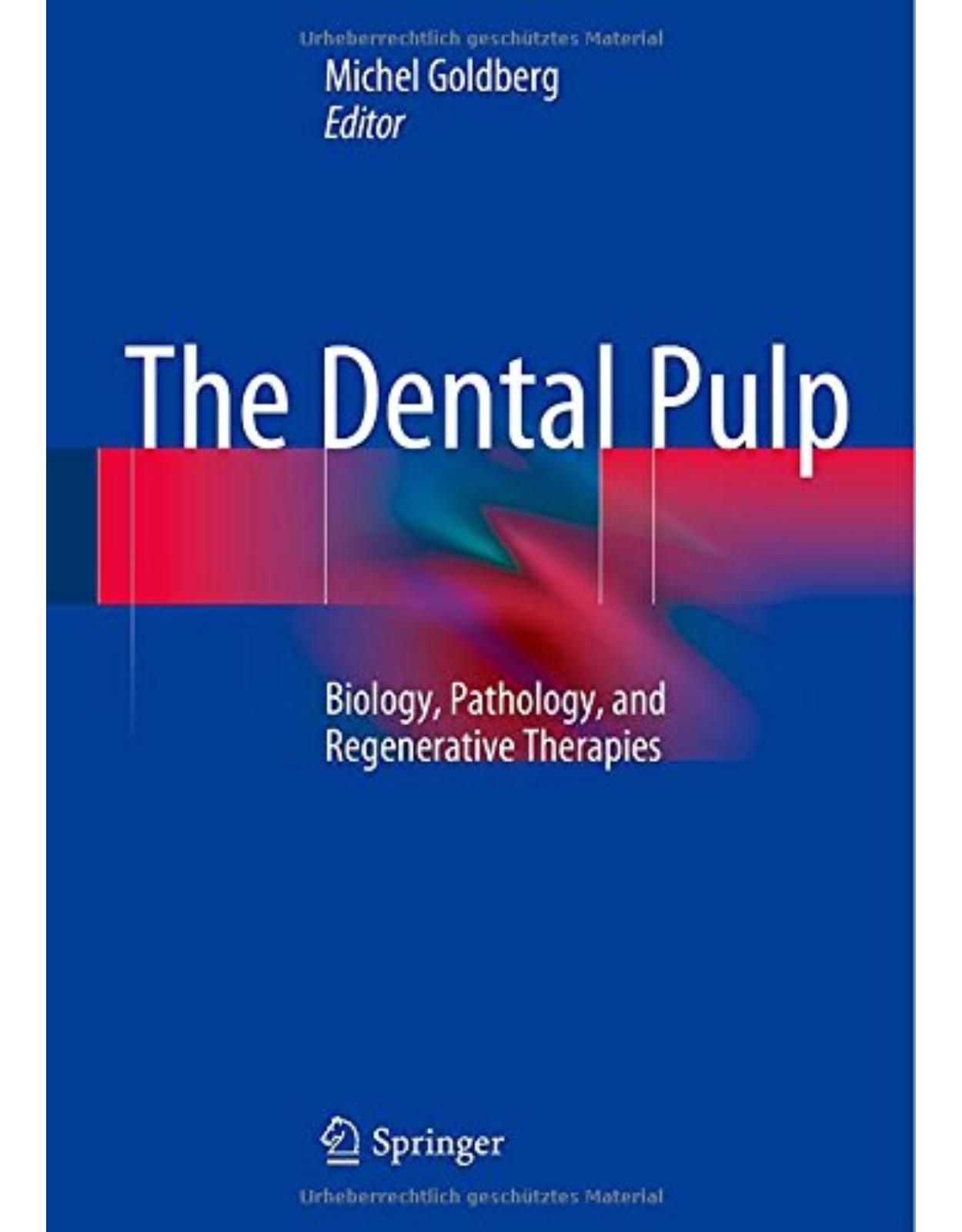
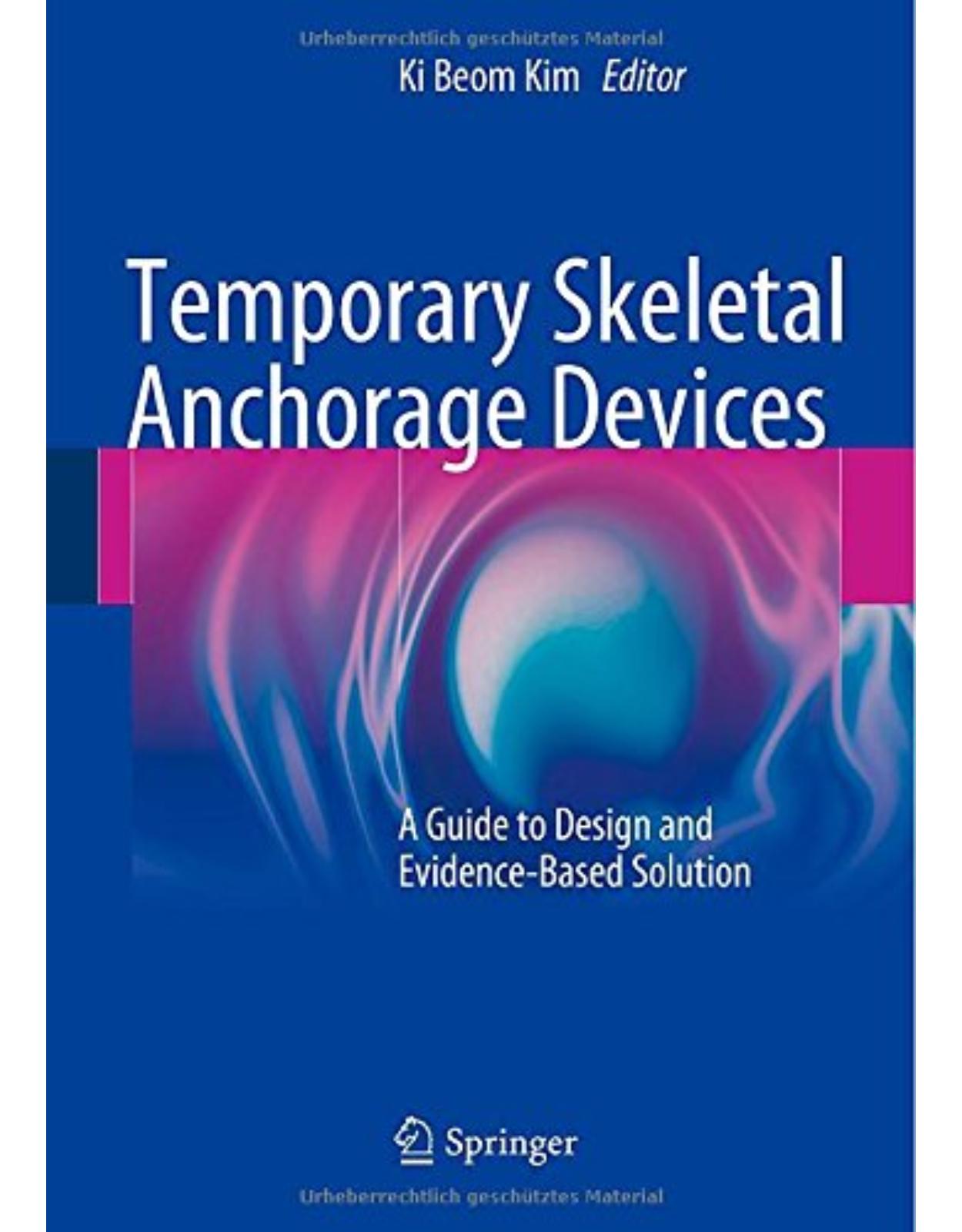
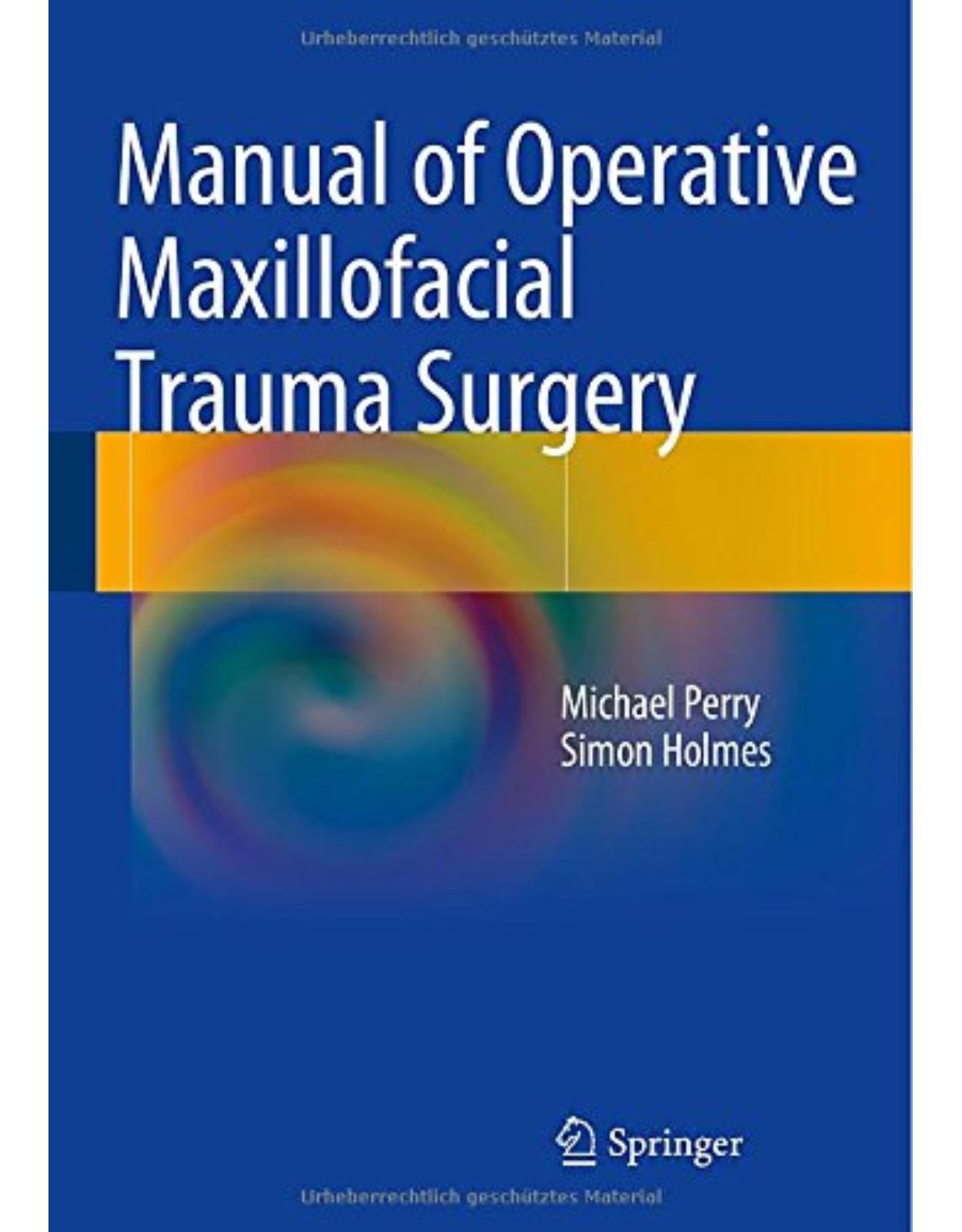
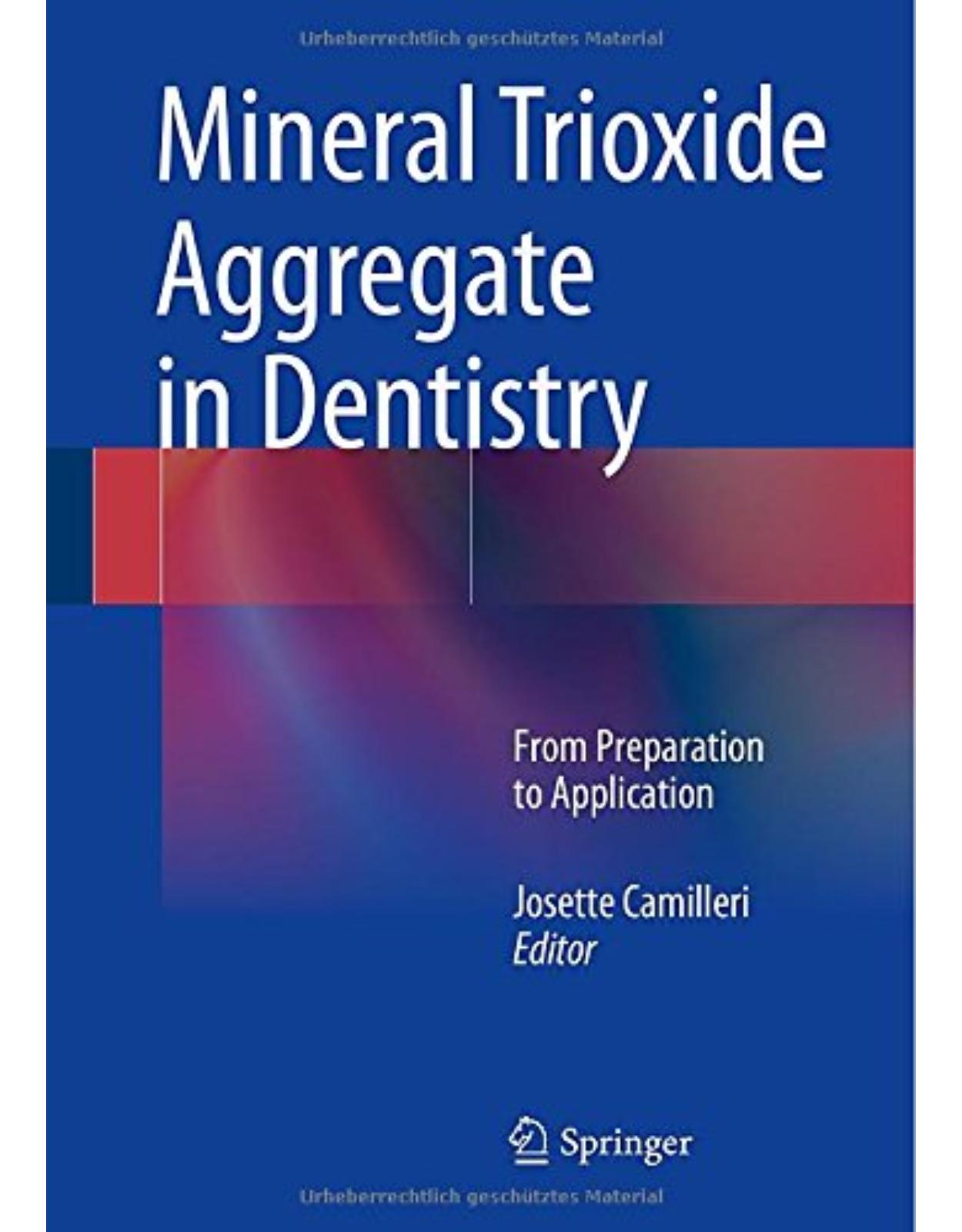
Clientii ebookshop.ro nu au adaugat inca opinii pentru acest produs. Fii primul care adauga o parere, folosind formularul de mai jos.